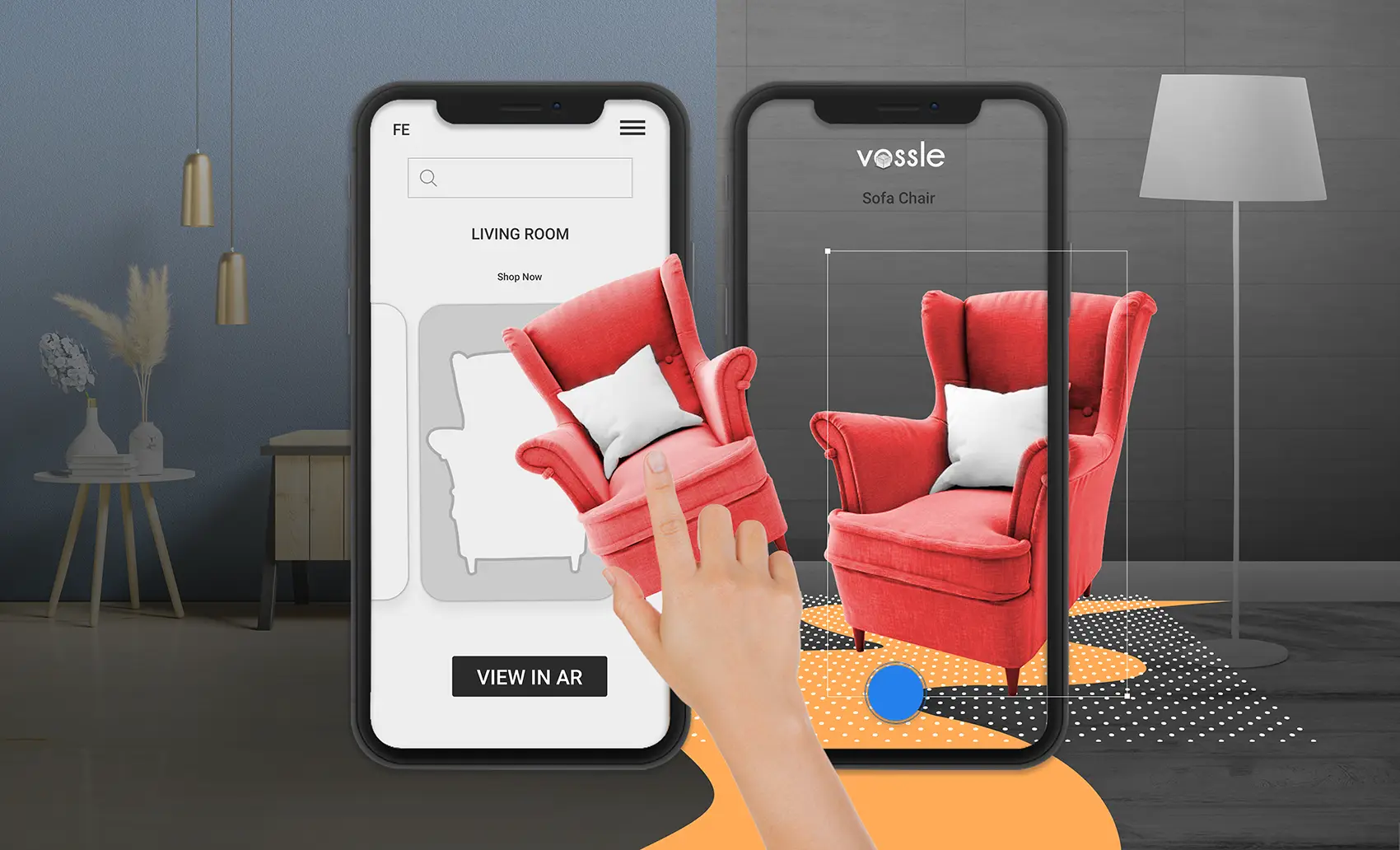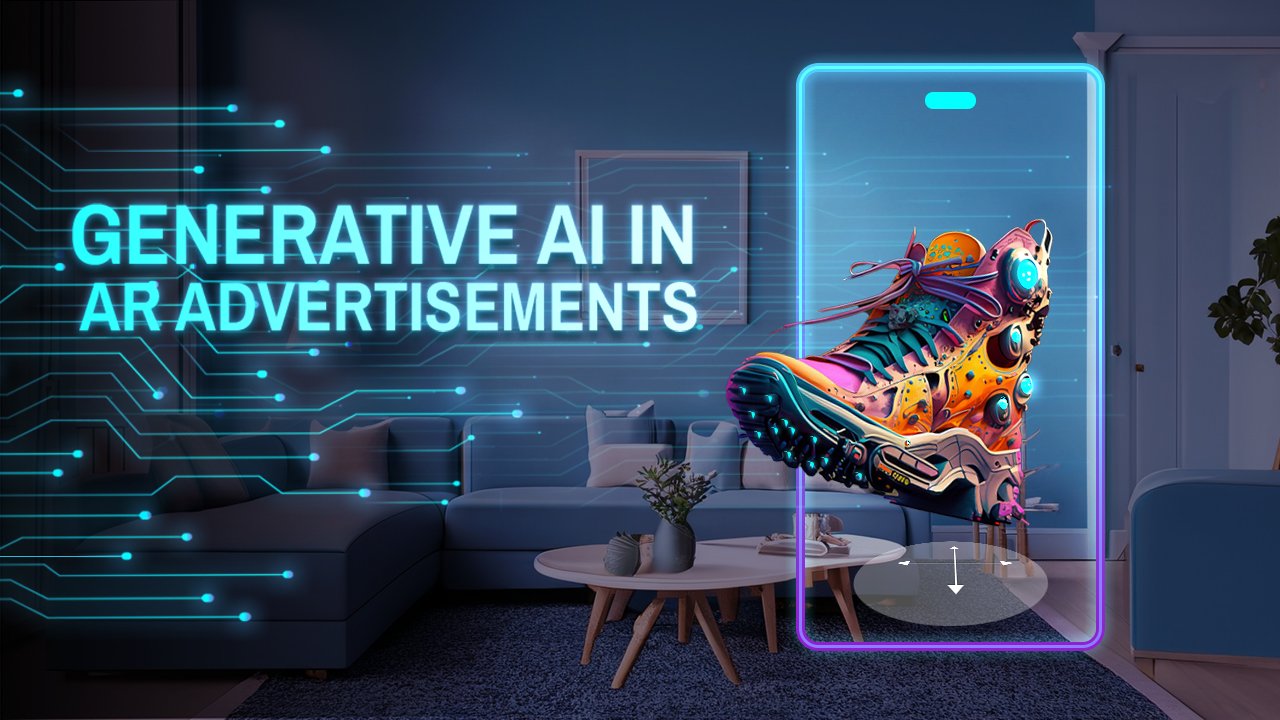What is Direct-To-Consumer or D2C?
In the pre-internet era, manufacturers relied heavily on the distributors to sell their products. So, if you were unable to land your product on the shelf, then there was not much that you could do.
It is different today! Manufacturers can make, pack and deliver the products – all on their own. This is what a Direct to Consumer(D2C) looks like.
In a D2C model, brands sell directly to the consumers without the need for middlemen or retailers. Any business using a D2C model can deliver its products through various channels like e-commerce sites, social media, digital ads, etc. It has become the low barrier to entry eCommerce strategy that has allowed manufacturers to sell directly to the consumers
Owning a D2C strategy gives brands a lot of flexibility and control in the way the products are made, marketed, or delivered to consumers. Today, brands want more control over the end-to-end process of the buying journey while consumers wish the process to be as seamless as possible. This changing consumer expectation has given prominence to the D2C business model.
Strategies driving a D2C Model
A lot of self-engineered brands are looking at this brand-building model. Here are some of the strategies which drive any D2C brand are:
- D2C inflates your profits as there is no mediator present as middlemen. Also, it helps to get rid of bulk purchases which are a common sight with distributors. Thus, excessive inventory does not exist and the brand does not incur a loss if that inventory does not sell.
- As you get to connect with your consumers directly, you can understand their behavior better. Also, this helps you in experimenting with the various products that your brand offers. It helps to understand the favorite products, the peak sale season, the kind of packaging, etc which might impact the consumer experience with your brand.
- Most of the D2C brands provide omnichannel services with the help of their websites and via social media. The D2C brands are already utilizing various tools to boost their consumer engagements. Traditionally, most of the brands mainly used print media to draw the attention of consumers. Digital transformation is your answer when you want your product to rise above the rest. Some brands make heavy use of social media influencers and other online channels to attract consumers.
One such brand being Dollar Shave Club. When it launched, it wanted to supply grooming products directly to men on a subscription basis. The catch being it had to compete with giants like Gillette and Schick. Thus, their marketing strategy took a creative turn. All they did was take an “out-of-the-box” approach and humanizing their strategy.
The brand gets more control over the value which it wants to deliver and build a reputation and loyal customer base in the process. Brands take control of the entire product cycle from the process of manufacturing to delivery. Thus, in the process of building your brand, you also end up building a community that resonates with the value your brand provides. One such brand is Glossier. Glossier started as a D2C brand by giving away products to “superfans” (people who purchase a lot from their website or engage a lot with their brand online). Thus, a sense of community was built among the people.
But going D2C cannot be easy for every brand. Thus, every D2C brand must have a strategy in place to drive its brand. Although your product might provide great value if it is not marketed the right way, things can easily start to go south.
Challenges for D2C Companies
The enormous challenge for any company going the Direct-to-Consumer (D2C) route is the shift in the responsibility of the distribution because of the absence of any middlemen.
It is normal to observe the need for increased focus on marketing the products properly due to the lack of resellers and distributors. Along with everything else in the product life cycle from production to shipping and delivery, the cost of marketing falls on your brand too. Thus, to cut through the noise, you need to focus a lot on the marketing needs of your product and your brand.
So, even if the middlemen are cut out, and your brand comes closer to the target audience, you cannot track their behavior without using proper technological tools. The one thing to keep in mind is that enhancing the end-2-end customer experience rests in the hand of the brand. If technology is aligned with the needs of your brand, you can speak volumes about your products to your customers even with the absence of any retailer or distributor.
We can break the end-2-end experience into the following components:
- Building relationships with your customers
- Identifying your customers
- Delivering value to the customers
Going D2C allows you to challenge the traditional methods of conveying your brand’s reputation to your customers. It can vary from providing your customers engaging content to customize your services to suit an individual customer’s needs. Using Augmented Reality(AR) in the form of WebAR can help you beat the competition.
WebAR helping Enhance your Marketing Strategies
The success of D2C companies in recent years can be credited to the shift in customer behavior. Modern customers are more willing to get involved with a brand that provides them value, even if it means spending a few extra dimes. One of the reasons for the paradigm shift is the onset of advances in technology at their end and the channels through which they imbibe the information.
WebAR or web-based Augmented Reality helps you provide an immersive experience to your customers without compromising on the value that your brand delivers. As you are entirely in charge of each step in the product life cycle, there are a million ways in which you can put webAR to use. WebAR helps you to overlay a 3D immersive experience onto the customer’s reality with the help of the phone camera. You do not need third-party app downloads or any other application for this purpose. All you do is to provide a QR code which when scanned with the camera leads your customer to the desired webAR experience in their mobile browser.
Such an immersive experience not only helps you to convey the brand’s message to the customer but also gives you a lot of insights into the customer’s behavior.
Where does Vossle fit in the Picture?
If you are unsure of shifting your marketing focus to include augmented reality (AR) in the future, then you have come to the right place. It can be daunting at first to think about including AR in your marketing strategy. Vossle can make your life easier as far as incorporating AR into your marketing campaign is concerned.
Vossle helps you to launch your WebAR (or browser-based augmented reality) experience in less than two minutes. Vossle is a cloud-based, no-code platform tailor-made for people who have no experience with writing code or well making WebAR experiences.
It can help you make attractive and interactive WebAR experiences that are bound to leave an impact on your brand on your customers.
The giant benefit is the fact that you do not have to set up an entire department of employees just to develop an AR experience for your D2C brand. Thus, you can customize the experience the way you like and the time to deploy the application is less than 2 minutes. Given that there are no resellers to explain the utility of your products to the customers, WebAR can take care of that. In the WebAR experience(which you have the full freedom to generate), you can include all the details about the product. The customers can then scan the QR code generated by Vossle and can immerse themselves in the WebAR experience on their mobile, continually exploring the immense value that your products offer. Some of the experiences created by Vossle can be found here and here.


Moreover, the customers can also try out the products before going for final purchase. All the different steps in the customer journey enable you to track this behavior every time the QR code gets scanned. Thus, you can keep a track of the number of paying customers, the number of return customers, etc. Also, once you include the QR code on the packaging, the customer can spread the word in his community about your product. Thus, they become brand ambassadors and boost sales automatically.



















